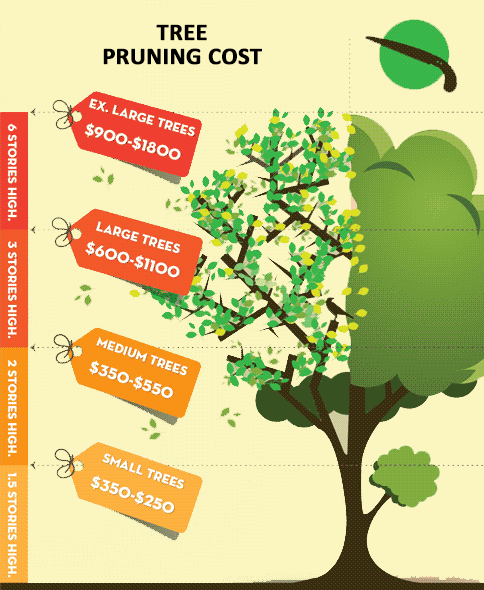Seasonal Tree Stewardship: Techniques For Appropriately Taking Care Of Trees Prior To And After They Are Removed
Seasonal Tree Stewardship: Techniques For Appropriately Taking Care Of Trees Prior To And After They Are Removed
Blog Article
Web Content Produce By-
When it comes to seasonal tree care, making certain proper administration prior to and after removal can dramatically affect the health and aesthetic appeals of your landscape. By comprehending the required steps involved in analyzing tree health and preparing for elimination, you can proactively safeguard your property. However what regarding the critical practices to follow once the tree is gone? Keep tuned to find the vital post-removal treatment procedures that will certainly aid you grow a successful and lasting setting for your trees.
Pre-Removal Tree Care
Before dealing with the elimination of a tree, it's vital to prioritize pre-removal tree treatment. Begin by examining the tree's health and structural stability. Search for indicators of illness, bug infestations, or any architectural concerns that may pose a safety threat during elimination. It's essential to consult with a certified arborist to establish the best course of action.
Pruning dead or unhealthy branches can protect against more damages to the tree and make sure a smoother removal process.
Additionally, think about the environmental effect of getting rid of the tree. Trees play an essential duty in our community, so growing a new tree in a suitable place can help offset any kind of loss. Make certain that you have the necessary permits and consents for tree removal, especially if the tree is secured by regional laws.
Seasonal Upkeep Tips
Evaluating your tree's demands throughout the year is necessary for its health and long life. To maintain your trees in top problem, follow these seasonal maintenance ideas.
In springtime, focus on pruning to remove dead or damaged branches and urge new growth.
Summertime requires regular watering, especially during droughts, to ensure your tree stays hydrated.
As fall strategies, keep an eye out for very early indications of illness or anxiety, and think about using compost to protect the origins throughout winter.
In winter, beware when removing snow from branches to stop damage, and continue to check your tree's total health and wellness.
Keep in mind to adjust your care regular based on the details needs of your tree varieties and neighborhood environment. By remaining attentive and proactive throughout the seasons, you can aid your trees prosper and flourish for years to find.
Post-Removal Tree Treatment
To guarantee the health and wellness of your landscape even after tree removal, appropriate post-removal treatment is vital. After a tree is eliminated, it's crucial to fill up the staying hole with topsoil and portable it to avoid settling. This will help keep the integrity of the ground and avoid potential hazards in the future.
Think about growing new plants in place of the gotten rid of tree to recover the equilibrium and appearances of your landscape. Frequently try this website to promote the development of brand-new plants and prevent soil disintegration.
Inspect the bordering trees for any indicators of illness or stress that may have been triggered by the removed tree. Watch out for tree cost that may've been attracted to the previous tree and take safety nets to safeguard the remaining greenery.
If essential, seek advice from a professional arborist to assess the effect of the removal on the bordering trees and identify any kind of additional care needed. By adhering to these post-removal treatment steps, you can make sure the continued health and beauty of your landscape.
Final thought
Finally, proactive seasonal tree treatment is essential for maintaining the health and wellness and equilibrium of your landscape. By examining tree wellness, trimming, and consulting with an arborist prior to removal, you can make certain a secure procedure. After elimination, filling up the hole, planting new greenery, and routine watering will certainly advertise new growth and prevent erosion. Keep in mind to evaluate bordering trees for illness and seek additional treatment steps from an arborist to keep your landscape thriving.
